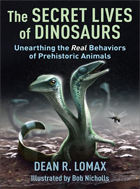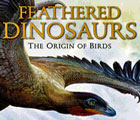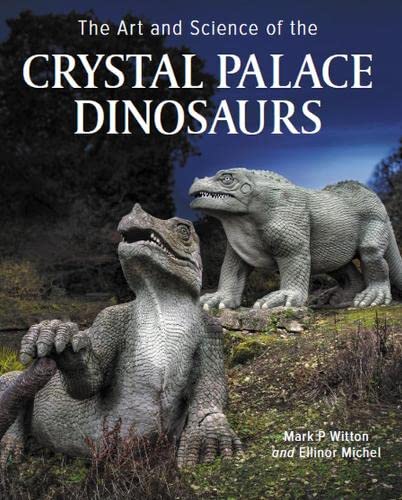Incertae sedis is a Latin term which means "of uncertain placement". In taxonomy (the science of classifying organisms), you may see it applied to dinosaurs that can be identified as members of a certain wide-spanning group, but can not be assigned with certainty to any of the more exclusive (or specific) groups within that group, because their fossils are fragmentary and/or poorly preserved and lack the requisite features.
For example; Cruxicherirus newmanorum can be assigned to the theropod group Tetanurae, but it's too incomplete to assign to either of the tetanuran groups Megalosauroidea or Avetheropoda, therefore you may see it listed as Cruxicherirus newmanorum, Tetanurae incertae sedis.
On the flipside, a theropod dinosaur can be known from a complete and beautifully preserved skeleton and still be placed no more specifically than Tetanurae, because that's where its full set of features say it belongs. This does not make it incertae sedis.
Click here to search DinoChecker for all dinosaurs currently classified as "incertae sedis".
On the flipside, a theropod dinosaur can be known from a complete and beautifully preserved skeleton and still be placed no more specifically than Tetanurae, because that's where its full set of features say it belongs. This does not make it incertae sedis.
Click here to search DinoChecker for all dinosaurs currently classified as "incertae sedis".
References
• "Glossary" of The International Code of Zoological Nomenclature.
• Benson RBJ and Radley JD (2010) "A new large−bodied theropod dinosaur from the Middle Jurassic of Warwickshire, United Kingdom". Acta Palaeontologica Polonica
55 (1): 35–42.
• Carrano MT, Benson RBJ and Sampson SD (2012) "The phylogeny of Tetanurae
(Dinosauria: Theropoda)". Journal of Systematic Palaeontology, 10(2): 211-300.














